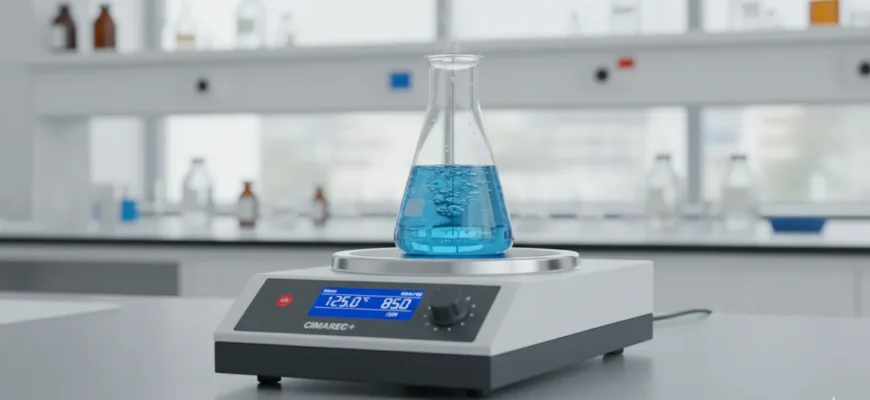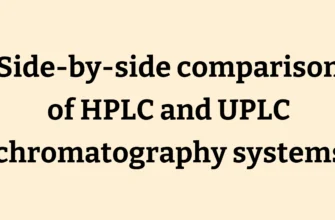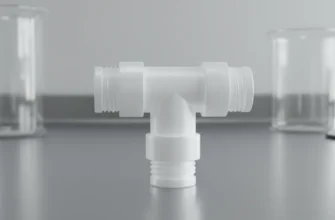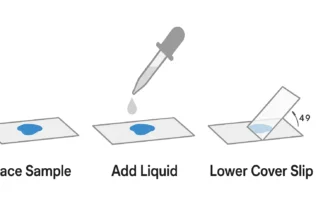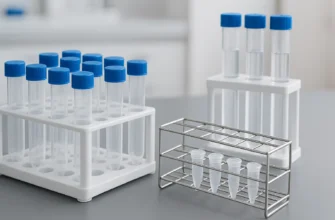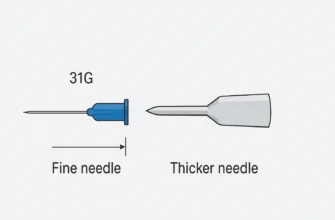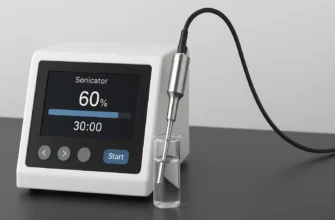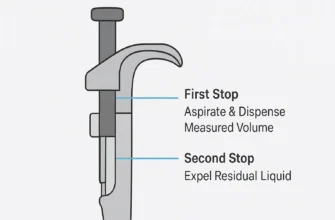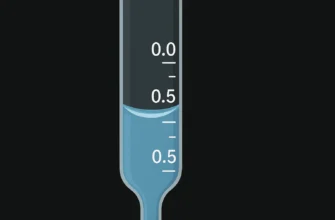Discover the Best Laboratory Hot Plates for Your Lab Needs
Hot plates are essential laboratory equipment that provide safe, controlled heating without open flames, with models ranging from basic units to advanced digital systems with magnetic stirring capabilities. The choice depends on your specific temperature requirements, heating uniformity needs, and safety considerations.
Introduction
Laboratory hot plates have become indispensable tools in modern scientific research, offering a safer and more controlled alternative to traditional Bunsen burners. These devices provide consistent, flameless heating for a wide range of applications, from simple sample warming to complex chemical syntheses. Whether you work in educational, clinical, or industrial laboratories, selecting the right hot plate is crucial for achieving reliable, reproducible results while maintaining safety standards.
Understanding Laboratory Hot Plates
At their core, hot plates are electrically powered heating devices consisting of a flat heating surface connected to precise control systems. They work by passing electricity through internal heating elements covered by protective surfaces, typically ceramic or aluminum. This design eliminates the fire hazards associated with open flames while providing excellent temperature control and uniform heat distribution.
Modern hot plates can reach temperatures up to 550°C, making them suitable for most laboratory heating applications. However, safety is paramount—these high temperatures are sufficient to ignite low-boiling solvents like diethyl ether, pentane, hexane, and acetone, which should never be heated in open vessels with hot plates.
Essential Functions and Applications
The primary function of laboratory hot plates is to provide reliable, controlled heating for various laboratory procedures. Key applications include:
-
Sample preparation: Heating reagents and solutions to specific temperatures
-
Chemical synthesis: Supporting reactions that require sustained, controlled heat
-
Solvent evaporation: Concentrating solutions through controlled heating
-
Media preparation: Dissolving solids for biological applications
-
Quality control testing: Standardized heating procedures in analytical chemistry
Temperature control capabilities vary significantly between analog and digital models. Analog systems use simple dial controls and are generally more economical, while digital models offer precise temperature settings in 1°C increments with LED displays for enhanced accuracy.
Types of Laboratory Hot Plates
Standard Hot Plates
Standard hot plates focus solely on heating applications and represent the most economical option for laboratories. These units typically feature:
-
Simple heating element with analog or digital temperature control
-
Ceramic or aluminum heating surfaces
-
Temperature ranges from ambient to 350-400°C
-
Straightforward operation with minimal maintenance requirements
Magnetic Stirrer Hot Plates
Magnetic stirrer hot plates combine heating with mixing capabilities through electromagnets beneath the heating surface. These units generate rotating magnetic fields that couple with Teflon-coated stir bars placed inside sample vessels. Key specifications include:
-
Stirring speeds: Typically 50 to 1,500 rpm
-
Stirring capacity: Range from 2-20 liters depending on model
-
Independent control: Separate adjustment of heating and stirring parameters
-
Enhanced uniformity: Prevents hot spots and ensures homogeneous mixing
Advanced models like the Thermo Scientific Cimarec+ series feature “Stir-Trac” technology for superior magnetic coupling and consistent speed control, even at low speeds.
Specialty Hot Plates
Specialized applications require purpose-built hot plates with enhanced safety features:
-
Explosion-proof models: Essential for Class 1, Group D hazardous atmospheres with sealed housings and non-sparking components
-
Compact units: Space-saving designs for laboratories with limited bench space
-
Multi-position systems: Units like the LMHS-A13 offer four independent heating/stirring positions with up to 12L total capacity
Heating Surface Materials
The choice of heating surface material significantly impacts performance, durability, and chemical compatibility.
Ceramic Surfaces
Ceramic surfaces offer excellent chemical resistance and can withstand temperatures up to 550°C. Advantages include:
-
Superior resistance to acids, bases, and organic solvents
-
White surface for optimal sample viewing and color change detection
-
Excellent temperature uniformity across the heating surface
-
Easy cleaning and maintenance
However, ceramic surfaces are susceptible to thermal shock if cold objects are placed on hot surfaces, potentially causing cracking.
Aluminum Surfaces
Aluminum surfaces provide excellent thermal conductivity and heat distribution characteristics. Key benefits include:
-
Superior temperature uniformity compared to other materials
-
Faster heating and cooling rates
-
Durability and resistance to mechanical damage
-
Lower cost compared to ceramic alternatives
Limitations include temperature restrictions (typically 350-370°C maximum) and reduced chemical resistance to strong acids and bases.
Stainless Steel Surfaces
Stainless steel offers a compromise between durability and chemical resistance:
-
Excellent corrosion resistance
-
Easy cleaning and sterilization
-
Suitable for aseptic applications
-
Moderate temperature uniformity
Ceramic-Coated Aluminum
This hybrid approach combines aluminum’s thermal properties with ceramic’s chemical resistance, offering the best of both materials while maintaining moderate cost.
Critical Features for Selection
Temperature Control and Precision
Modern digital hot plates offer temperature control accuracy within ±1°C, compared to ±10% for analog models. Key considerations include:
-
Temperature range: Ensure the maximum temperature meets your application requirements
-
Precision requirements: Digital models for critical applications, analog for general use
-
External temperature sensing: Probe-compatible models for direct sample temperature monitoring
Safety Features
Essential safety features include:
-
Hot surface warnings: LED indicators showing when surfaces exceed 50°C
-
Over-temperature protection: Automatic shutdown at preset limits (typically 320°C)
-
Electrical safety: UL/CSA certification for safe operation
-
Spill protection: Raised control panels and sealed electronics
Control Interface Options
Digital interfaces provide:
-
Precise temperature and speed settings
-
Real-time parameter display
-
Programming capabilities
-
Data logging functionality
Analog controls offer:
-
Simple, reliable operation
-
Lower cost
-
Reduced complexity
-
Ease of use for basic applications
Leading Manufacturers and Models
Thermo Fisher Scientific
The Cimarec+ series represents the gold standard in laboratory hot plates:
-
Temperature range: Ambient to 540°C
-
Three size options: 4.25″, 7.25″, and 10.25″ square plates
-
Stir-Trac technology for enhanced magnetic coupling
-
LED displays and safety indicators
-
3-year warranty
IKA
C-MAG HS series offers robust performance for demanding applications:
-
Stirring capacity up to 15 liters
-
Ceramic heating plates with excellent chemical resistance
-
Fixed safety circuit with automatic shutdown above 550°C
-
Microprocessor control for consistent performance
Corning
PC series digital hot plates feature:
-
Pyroceram® glass-ceramic surfaces
-
Temperature range up to 550°C
-
Bright LED displays
-
Two-year warranty
-
Proven 50+ year laboratory heritage
VELP Scientifica
AREX series provides advanced features:
-
Temperature ranges from 310°C to 550°C depending on model
-
SpeedServo™ counter-reaction technology
-
Digital display with probe connectivity
-
Wi-Fi enabled models for remote monitoring
Safety Guidelines and Best Practices
Pre-Operation Safety Checks
Before each use:
-
Inspect power cords for damage or fraying
-
Verify the heating surface is clean and undamaged
-
Ensure proper ventilation, especially when heating flammable solvents
-
Check that safety features (hot surface indicators) are functional
Operating Procedures
Temperature management:
-
Use medium to medium-high settings for liquids, including water
-
Avoid high settings for low-boiling point liquids
-
Never heat dry vessels to prevent thermal stress and cracking
-
Allow gradual temperature changes to minimize thermal shock
Stirring safety:
-
Select appropriate stir bar size (maximum 80% of vessel diameter)
-
Start at low speeds and gradually increase
-
Monitor for stir bar decoupling or irregular movement
-
Use proper magnetic bars for temperature ranges
Chemical Compatibility
Prohibited substances:
-
Never heat flammable solvents in open vessels
-
Avoid volatile or explosive materials
-
Use appropriate ventilation for toxic vapors
-
Consider explosion-proof models for hazardous environments
Equipment Care and Maintenance
Cleaning procedures:
-
Always ensure units are unplugged and cool before cleaning
-
Use non-abrasive cleaners on ceramic surfaces
-
Clean spills immediately to prevent corrosion
-
Inspect stir bars for wear and damage
Regular maintenance:
-
Test safety shut-off features periodically
-
Verify temperature accuracy with calibrated thermometers
-
Inspect magnetic coupling strength
-
Replace damaged components with manufacturer-approved parts
Selection Criteria and Recommendations
Application-Based Selection
Basic heating needs: Standard analog hot plates provide economical solutions for general laboratory heating applications where precise temperature control is not critical.
Research applications: Digital hot plates with external temperature probes offer the precision required for temperature-sensitive reactions and reproducible results.
Production environments: Multi-position hot plates maximize throughput while maintaining individual control over each heating station.
Budget Considerations
-
Entry-level: Analog hot plates ($300-600)
-
Mid-range: Digital hot plates with basic features ($600-1,200)
-
Premium: Advanced digital units with stirring and connectivity ($1,200-3,000+)
-
Specialty: Explosion-proof or multi-position systems ($3,000+)
Future-Proofing
Consider models with:
-
Connectivity options for data logging
-
Modular accessories for expanded functionality
-
Extended warranties and service support
-
Upgrade paths for enhanced capabilities
Laboratory hot plates have evolved from simple heating devices to sophisticated instruments offering precise control, enhanced safety, and advanced connectivity. The key to successful selection lies in matching your specific application requirements with the appropriate technology level and safety features. Whether you need basic heating for routine procedures or advanced temperature control for critical research, today’s hot plate market offers solutions that enhance both productivity and safety in laboratory environments.
By following proper safety protocols, selecting appropriate materials and features, and maintaining equipment according to manufacturer specifications, laboratory hot plates provide reliable, efficient heating solutions that support accurate and reproducible scientific results.

